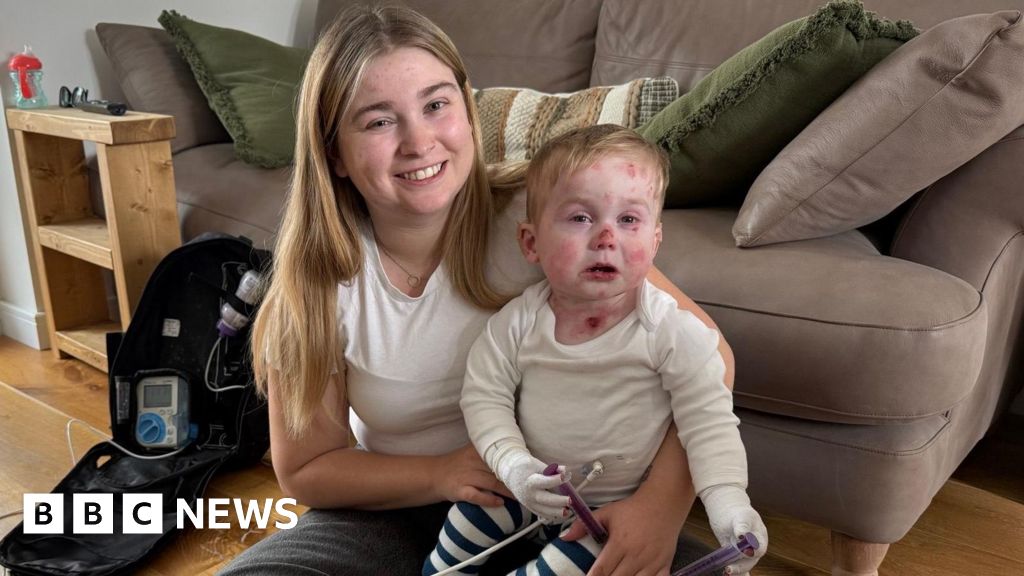Study Reveals Contextual Factors Impacting Soldiers' Mental Health After Taking a Life

A groundbreaking study has challenged the long-held belief that taking another person's life is inherently damaging to a soldier's mental health. This large-scale research, spearheaded by Andreas Espetvedt Nordstrand at the Institute of Military Psychiatry within the Norwegian Armed Forces, highlights the critical role context plays in shaping the psychological outcomes for soldiers involved in lethal actions. The findings were published in the journal Armed Forces and Society.
The study examined two distinct groups of Norwegian soldiers. The first group, comprising 4,053 individuals, had served in Afghanistan between December 2001 and December 2011. These soldiers participated in NATO-led missions that were primarily combat-oriented, with the explicit goal of defeating enemy forces.
The second group, much larger with 10,605 soldiers, was part of United Nations peacekeeping missions in Lebanon from 1978 to 1998. Unlike their Afghan counterparts, these peacekeepers operated under rules that mandated the use of deadly force only as a last resort and strictly for self-defense. Their objective was to maintain peace and order rather than engage in combat.
To evaluate the soldiers' mental health, participants completed a series of questionnaires designed to gather data on their experiences during deployment. Questions addressed whether they had taken a life in combat or believed they had killed someone, alongside inquiries about other traumatic events, such as witnessing deaths or injuries. They also assessed various psychological symptoms through standardized surveys.
The analysis of the data revealed striking differences between the two groups. Among the peacekeepers, those who had killed someone exhibited significantly higher levels of PTSD symptoms, depression, anxiety, and substance abuse, in addition to a lower overall quality of life when compared to those who had not killed. This group faced unique challenges, as their mission focused on peacekeeping, which added a layer of complexity to their experiences.
Conversely, for the Afghan soldiers, no significant differences in psychological scores were found between those who had killed and those who had not. This suggests that the context of their combat missions, where taking a life was part of the engagement rules, may have played a crucial role in shaping their mental health outcomes.
Further analysis indicated that peacekeepers who felt their safety was compromised or who witnessed suffering were more likely to report poorer mental health. While similar associations were noted for combat soldiers, the impact was comparatively weaker.
Nordstrand emphasized that these findings challenge the pervasive belief that taking a life invariably leads to moral injury and psychological trauma. He noted, Killing another person does not in itself seem to be something that goes against human nature, and it doesn't necessarily harm the mental health of the person who does it. This assertion may be difficult for some to absorb, particularly in societal discussions about the morality of killing.
The researchers recognize that the sensitive nature of the topic requires careful consideration. They argue that bringing evidence-based perspectives into public discourse about soldiers' experiences with lethal actions is vital. The study also has its limitations, including the significant time gap between deployment and the soldiers responses in the survey, which could have introduced variables impacting the results.
Given that context markedly influences psychological outcomes, the researchers advocate for further exploration into how military protocols, pre-deployment briefings, and psychological support can be tailored to mitigate potential psychological harm among soldiers who may be placed in situations where they must take a life.
Moreover, questions arise regarding the implications of these findings for combat soldiers. If it is true that these soldiers are generally unscathed psychologically by killing, could this inadvertently lead to a greater willingness to harm captives or civilians perceived as threats? The study highlights the necessity for ongoing research into the specific rules of engagement and their potential to foster responsible decision-making among soldiers in combat situations.
The full study can be accessed in the publication:
Aaliyah Carter


















